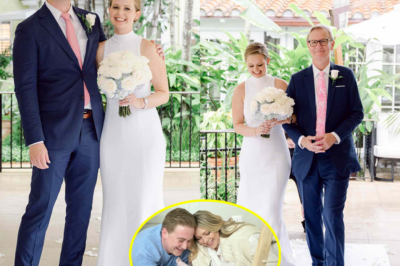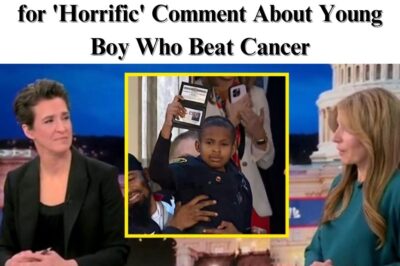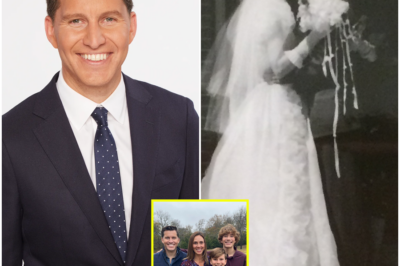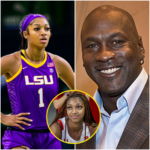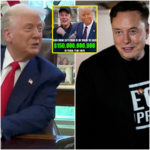The Media Showdown: How Caroline Leavitt Took on Paul Danning and Changed the Game
In what has become one of the most explosive media confrontations of the year, conservative rising star Caroline Leavitt went head-to-head with veteran journalist Paul Danning on live television. What started as a routine debate quickly escalated into a career-altering moment, exposing media bias, narrative control, and the power of public perception.
A Battle on Live Television
Leavitt was invited onto Prime Debate, a show known for its aggressive interrogations and a host who thrived on cornering his guests. Paul Danning, the show’s host, had built his reputation by dominating interviews, steering narratives, and forcing his guests into defensive positions. But on this particular day, he underestimated his opponent.

Danning’s opening question was a calculated attack, accusing conservative media of thriving on misinformation, election conspiracies, and fear-mongering. The goal was clear—put Leavitt on the defensive. However, instead of taking the bait, she turned the tables on him.
“That’s an interesting argument, Paul,” she responded with a composed demeanor. “But if we’re going to talk about fear-mongering, let’s not pretend it’s a one-sided issue.”
From that moment on, the debate was no longer his to control.
Exposing Media Bias in Real-Time
Leavitt systematically listed major media failures—the Steele dossier, the Covington Catholic incident, and the Hunter Biden laptop cover-up—each example highlighting how mainstream media had been wrong yet rarely faced consequences.
Danning, caught off guard, attempted to downplay the significance of these cases, dismissing them as isolated incidents. But Leavitt wasn’t finished.
“Three examples in ten seconds,” she interjected. “Want me to keep going?”

The tension in the studio was palpable. The debate had shifted from a routine interview to a defining moment of exposure, not just for Danning but for mainstream media as a whole.
The Leaked Emails That Changed Everything
Then came the knockout punch—a leaked email from Danning himself.
Leavitt, maintaining her composure, pulled out a printed document and read directly from Danning’s own words:
“We can’t afford to let right-wing hysteria dictate the conversation, even if that means omitting inconvenient details until public sentiment is properly aligned.”
Danning’s face said it all. The control room went silent. The narrative had shifted beyond his grasp.
Public Backlash and the Fall of Paul Danning
The internet erupted. Within minutes, clips of the interview flooded social media, gaining traction under hashtags like #FirePaulDanning and #MediaBiasExposed. The story took on a life of its own, with conservative media praising Leavitt’s takedown and liberal commentators scrambling to contain the fallout.
As pressure mounted, advertisers began pulling out of Prime Debate, unwilling to be associated with the growing controversy. The network panicked, initially suspending Danning before ultimately firing him.
Their official statement read:
“Effective immediately, Paul Danning is no longer affiliated with Prime Debate. We thank him for his years of service and wish him the best in his future endeavors.”
It was a calculated move to salvage the network’s reputation, but the damage had already been done.
A Turning Point in Media Accountability
Paul Danning’s downfall became a symbol of something much bigger—a reckoning for the mainstream media’s unchecked power.

For conservatives, it was a long-overdue victory, proof that the public was no longer willing to accept media manipulation. For liberals, it raised concerns about cancel culture, with some arguing that Danning’s firing was a knee-jerk reaction to internet outrage.
Regardless of where people stood, one fact was undeniable: Caroline Leavitt had changed the game.
What Comes Next?
Paul Danning may have lost his job, but he wasn’t done fighting. Days after his firing, he released a video statement, painting himself as a victim of a right-wing smear campaign.
“The media doesn’t want truth. They want control. Step out of line, and they erase you.”
But his words fell flat. By then, the debate had already moved beyond him.
Caroline Leavitt, meanwhile, remained silent—no victory lap, no extended interviews—just a single retweeted clip with a simple thinking-face emoji.
The message was clear:
She didn’t need to say anything more.
She had already won.




